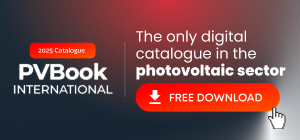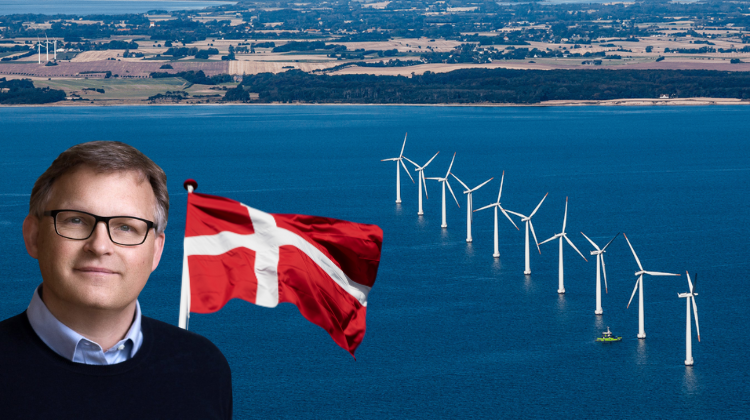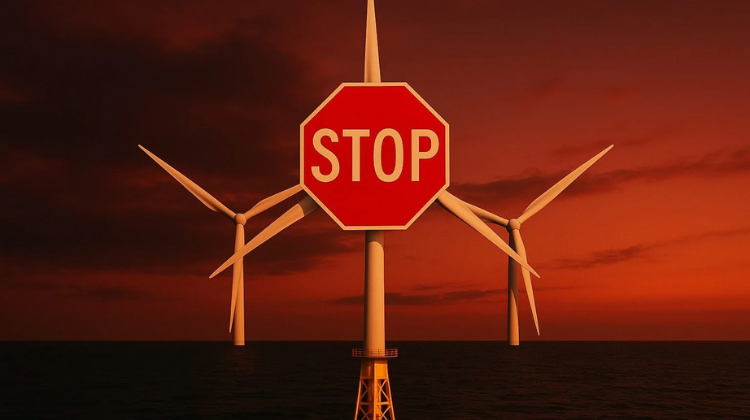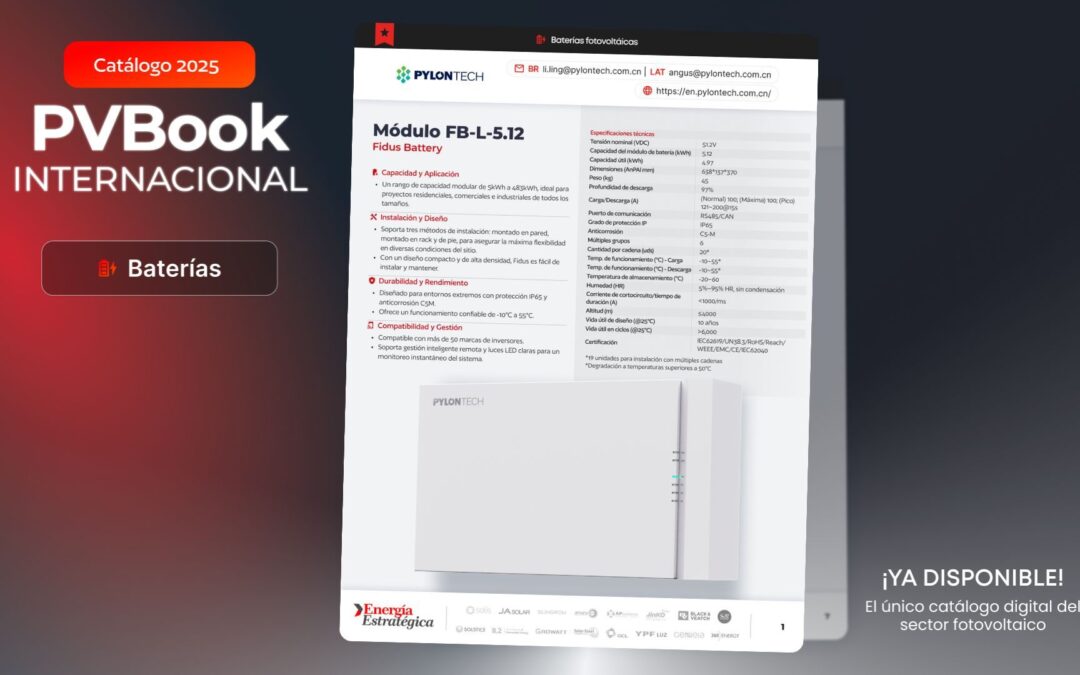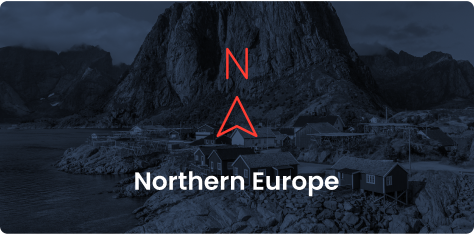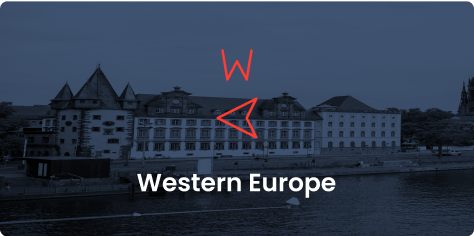The Danish government is taking a bold step to unlock the development of offshore wind energy following the failure of its 2024 auction. The new round, expected to launch in autumn 2025, introduces a state-supported bilateral Contract for Difference (CfD) model and removes mandatory state ownership in wind projects. The tender will have a capacity of 3 GW, marking a significant boost to Denmark’s offshore ambitions. For Jan Behrendt Ibsø, Group Senior Vice President, Renewables and PtX at COWI, the redesign addresses previous flaws and sets the stage for a new era of offshore expansion.
“I believe the Danish government has listened to market feedback and responded with the necessary foundations for a successful offshore wind tender,” affirms the executive, who also serves on the Advisory Board at Green Executives and CIP Fonden.
The new auction framework includes five key features:
-
State subsidy through a bilateral CfD model
-
Flexibility in installation year, allowing phased development
-
Relaxed penalties for delays, aligned with realistic project timelines
-
State-funded site investigations and surveys
-
Removal of state equity participation
“Specifically, the combination of the state subsidy and flexibility in installation, which addresses current bottlenecks in turbine and electrical component supply, will be key to making this tender a success,” states Ibsø.
A new framework after the previous failure
In December 2024, Denmark cancelled its previous offshore wind tender after
identifying a lack of financial backing and mandatory state ownership requirements that deterred developers. The decision halted the development of up to 9 GW of capacity and was met with strong criticism from the sector.
The new auction is expected to offer up to 6 GW across sites in the North Sea, Kattegat, and Baltic Sea, with winners announced in 2025.
Unlike the previous tender, which assumed market forces alone could deliver investment, the new model introduces explicit state support.
The earlier assumption was quickly undermined by rising inflation, supply chain issues, and soaring equipment costs.
This shift reflects a growing understanding across Europe that large-scale renewable deployment cannot rely solely on liberalised market mechanisms during times of economic stress.
The Danish approach may serve as a blueprint for other countries looking to secure investor confidence while retaining clear control over project timelines and strategic infrastructure development. It is not only a response to internal challenges, but also a signal to the broader European market that the region is serious about meeting its offshore wind targets.
Europe’s supply chain still under pressure
A key insight in the new strategy is its acknowledgement of the current constraints in industrial capacity. Ibsø notes: “The local supply and value chains are being strengthened across Europe, but it will take a few years before bottlenecks in turbine and electrical system supply are fully resolved.”
These constraints primarily affect the availability of offshore substations, high-voltage components and submarine cables, which cannot currently meet the pace of project deployment.
Hence, the Danish model includes flexible installation timelines, enabling developers to align project phases with supply chain realities. This measure is particularly important as competition for equipment and expertise intensifies across the continent.
Offshore wind and green hydrogen convergence
Another strategic front is the integration of offshore wind with green hydrogen production in the North Sea. For such a convergence to be successful, Ibsø highlights a critical need: “There must be a regulatory framework that enables private developers to move forward with combined offshore wind and hydrogen projects.”
One possible solution is the development of offshore energy hubs, combining sea-based wind generation with nearshore hydrogen production.
Yet this vision still faces financial hurdles: “We need increased state subsidies for green hydrogen, as the technology is still maturing and the levelised cost of hydrogen (LCOH) remains too high,” he stresses.
Countries across Europe are watching closely as Denmark prepares to enable this cross-sector integration, which is seen as essential for decarbonising hard-to-abate sectors such as industry and heavy transport.
A more realistic path for renewables
Denmark’s revamped auction scheme marks a shift towards pragmatism and market alignment in energy policy. Rather than seeking to retain strategic ownership, the state now focuses on creating a bankable environment for private capital to flow.
For Ibsø, this approach is the right one for maintaining Danish leadership in the North Sea:
“With these conditions in place, we now have the necessary foundations for a successful tender,” he concludes.







